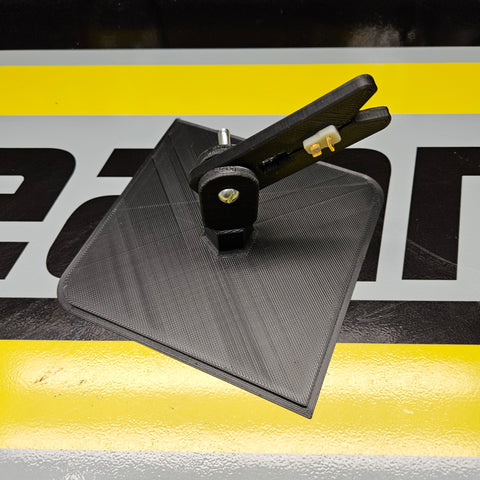In the previous post, we explored what creators have made. There were a few things to note in those designs. First we noticed that the soldering is happening close to the workbench and that might feel uncomfortable with larger hands. We also saw that some designs did not allow for the part to be rotated easily for soldering while keeping the contact surface facing up. With these these in mind, let us take a look what our first attempts gave us.

The first thing you will notice, is that we went with 3D printing. It is readily available here in the lab, and we could explore the design without limitation to specific fabrication technique. The next thing, we made a solid base. It was key to ensure stability. We made a hex turret structure so that it would be easy to switch between positions. The arm rotates so that the plug does not need to be taken out and positioned back into the arm. Lastly, the arms are split to give a slot that can be sprung apart to push the plug into the location. When all was said and done, we had a plug that could be in multiple positions and comfortable for the person holdering the soldering iron. Whether the stand was on a picnic bench, desk, or workbench, the base would be stable.
With all of the positives, this seemed great, but then reality sunk in. How much time would it take to make these? How much would it cost? Does this look like a finished part? These are the concerns that hit fairly quick. In the next post, we will take a look at this consideration.
